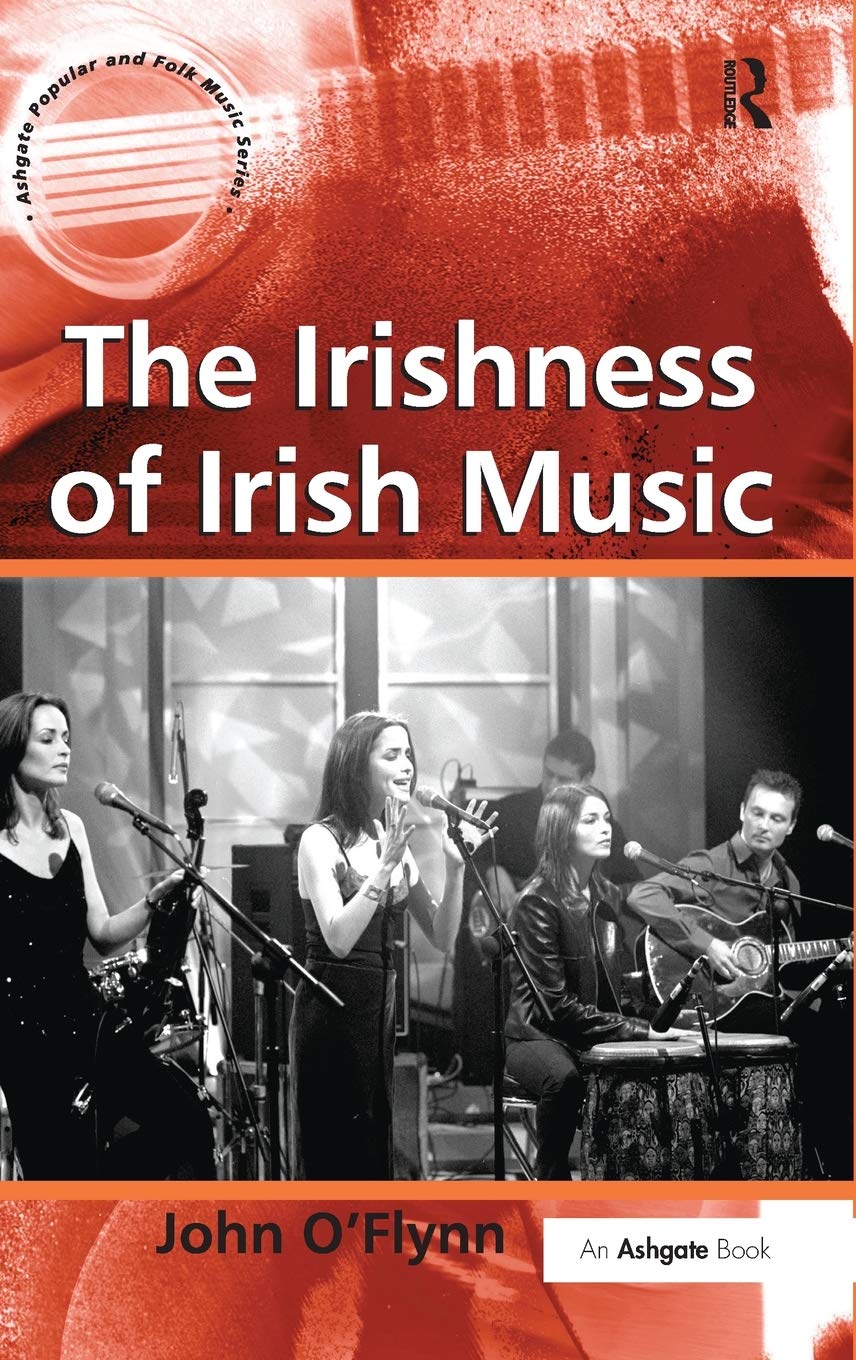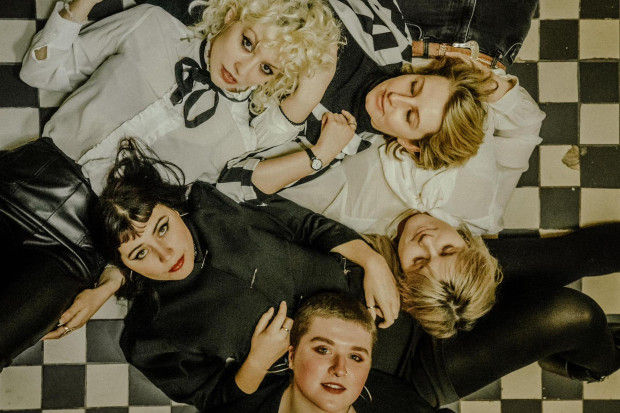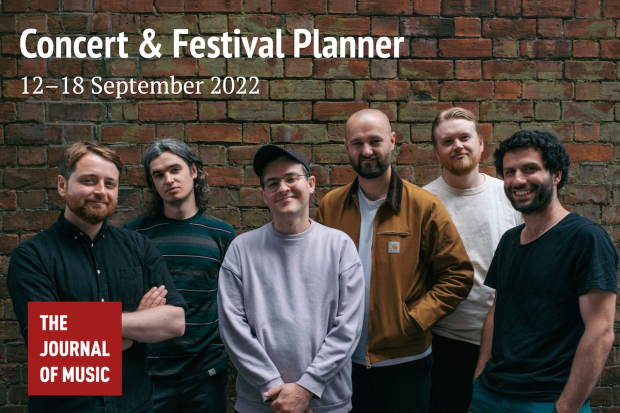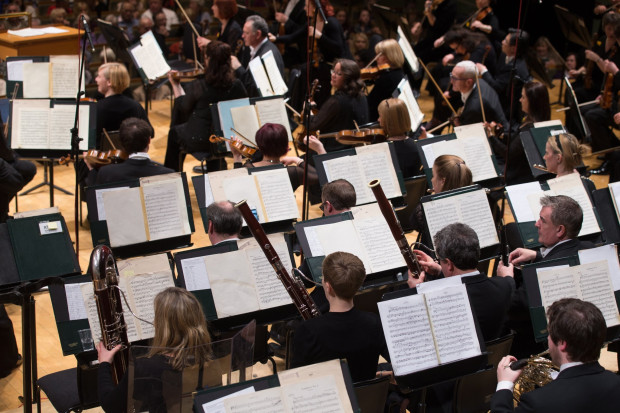
Book Review: The Irishness of Irish Music – John O’Flynn
It is a fact that music genres which originate outside Ireland tend not to be regarded as ‘Irish’. While this need not question the nationality of composers and performers where they are Irish, nevertheless it can and is often used carelessly to take a defensive swipe at difference and change. In this book John O’Flynn’s concern is that ignoring diversity denies cultural reality. His position is that the very Irishness of what has been regarded for the last century as ‘Irish’ music is suspect: ‘…constructed … filtered out … from the totality of music … across a range of social groups’. Further, classical and traditional are seen to ‘contest the national-cultural field in respect of emblematic status, institutional /educational support and other material resources’, a cabal of ‘national elite groups’ which ‘effectively coalesce to exclude popular music from any consideration of Irishness or Irish culture’.
Strong stuff this in which no quarter is given to ‘the phenomenon’ in the late twentieth century of ‘…the rise and rise of traditional-derived Irish music productions’. For the author, traditional music’s ‘organic Irishness’ is no more than a competitor with the ‘respectability’ of classical music for a pole position which neither deserves, since, he says, overall ‘they represent a very small part of the field of music production in contemporary Irish society…’. Further, the term ‘Irish’ for just the one form of music is invalid, he says, in that ‘many of the cultural mediators who allude to and assume the inherent ethnicity of Irish music, do so by presuming a number of essential qualities for Irish people and Irish music alike’.
This thinking led him to interview consumers at the ‘afters’ of select domestic classical, traditional and popular music gigs, to test if their attitudes could sustain any concise view of what ‘is’ Irish. Producers – musicians, composers, academics, or critics – were not involved, and whether or not interviewees were pre-organised is not clear. The answers so given to a small number of questions are used systematically by the author as leverage for his own ideas which results in a list of qualities denoting ‘Irishness’. These include style, idiom, lyrics, melodies, instruments, motifs, timbre, spirit, soul and energy. Since such issues are present in differing forms and measures in all music types however, it is deduced that they must be underpinned by something else. This is deduced to be a pre-conditioning about what is seen as ‘Irish’ music, a bête noire construct of the nineteenth-century nationalism and a hangover from the Celtic revival.
There are shadows of the 1960s Language Freedom Movement in all of this, a body which sought to remove Irish-language impediments in education and employment. But some eyebrows will be raised too at the interview contents here, notably at the use of the term ‘diddle de iddle’ for traditional music. More disturbing is the quoted interviewee who considers Dolores Keane to sound ‘like a fuckin knacker’, and another sage who says of traditional music – with certainty – that he ‘would never pay to go to something like this’. To include such voices in what is not a systematic statistical survey seems odd. Like this, tedious interview formats tend to obscure the book’s many terrific observations elsewhere. The scarcity of an ethnomusicological view is a matter for concern too, for that would seem obligatory in a work which engages with traditional music meaning.
O’Flynn’s personal taste aside, the book is nevertheless challenging as a self-analytical checklist for inclusiveness amid the need for preservation of uniqueness, or for coping with the dissonances generated by technology, modernity, crossover and fusion. With the luck of goodwill it could also prompt consideration of the building of ideal ‘places’ for specific musics – the sprinkle of dedicated, rural, community traditional-music facilities, concert halls and opera houses. A consequent question might be: why should young people with electric guitars, keyboards and drum kits not have rehearsal access to, say, Tí Chualann in Mullaghbane, Cois na hAbhna at Ennis, or the Coleman Heritage Centre at Gurteen? If Croke Park and the National Concert hall as nationally symbolic places can open up, to everybody’s advantage, then why not the small places where the same proportions of cultural variety coexist in conditions where there are no alternative resources?
The author’s point that the state is ‘benign’ about pop and rock raises another question – should it be promoting it? There is indeed a poverty of music education in schools – but this affects all genres. Yet pop/rock are well represented in music performance at Junior and Leaving Certificate level. For instance, at the Music Department of Dundalk Institute of Technology, two-thirds of interviewees and new entrants in 2008 and 2009 were popular musicians. And the pop/rock field is no abandoned wilderness either. For it is uniquely privileged in that within it, access to the finest exemplars, resources and experience is global and free (the country ‘awash’ with it as the author says), it has huge commercial incentive and opportunity, and its instruments are ubiquitous and dirt cheap. Conversely, all of these factors in the directly supported arenas – classical, contemporary and traditional – have been scarce and expensive in the global consumerist environment which is aesthetically hostile to, and financially crippling of, such ‘canons’. Yet what the latter produce is a rigorous, multi-layered, bedrock palette of complex harmonic and melodic skills, styles and repertoire – all of them transferable to and well utilised by pop/rock.
All musics have nationalistic, ideological and touristic representations: Beatle-fied Liverpool, Mozart balls in Salzburg, bouzoukis in Greece, Gamelan in Indonesia, cowboy hats in Nashville. And all of them highlight that which is most obvious – their nobility, local accent or ‘nationality’, sometimes nauseatingly so. Irishness in music is no mystery, and is precisely identified with the core sound which was documented during and carried over from the nineteenth century. It is no more invalid or a trite ‘invention’ than is the Irish language or a Galway accent. But, as the author exhorts, there is much more going on within it than the historical eye credits.
Published on 1 June 2009
Fintan Vallely lectures in traditional music at Dundalk Institute of Technology. He is author of several biographical and ethnographic books on the music, and is editor of the A-Z reference work Companion to Irish Traditional Music.














